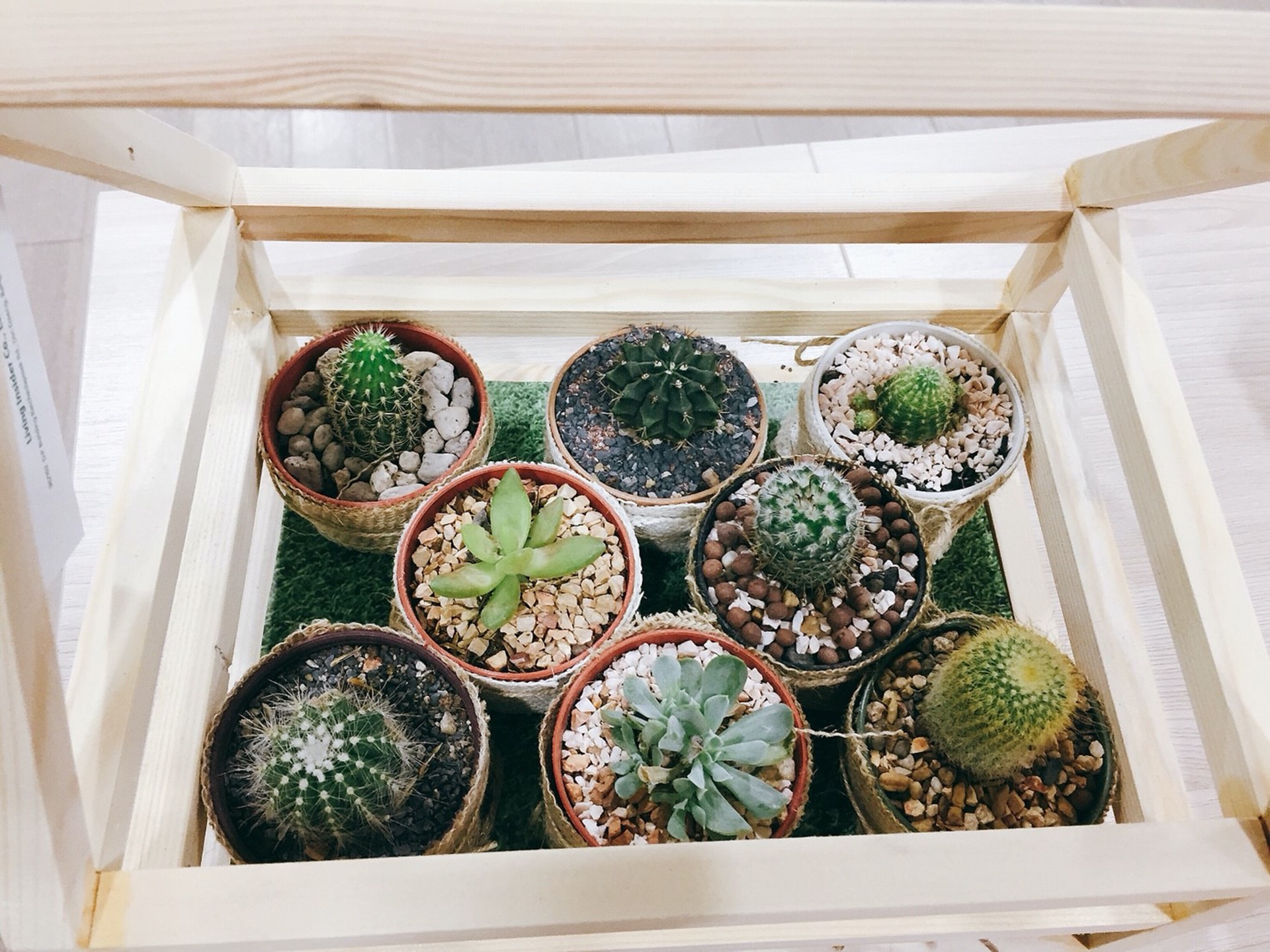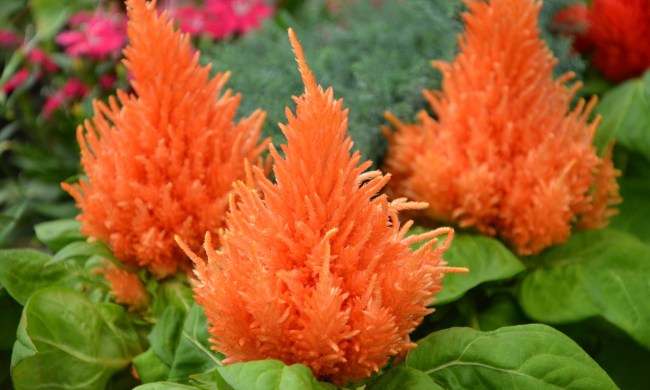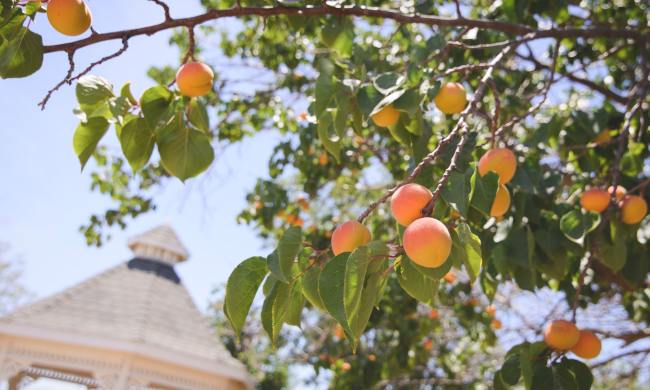They are the prickliest and most unfriendly looking plant, but cacti have a huge fan base! The popularity of cacti within the home and in outdoor gardens has grown incredibly within the past five years, and it’s easy to see why. Cacti have a wide range of shapes, colors, and textures that make collecting them a joy for plant enthusiasts.
What about creating an outdoor cactus garden? Is it possible, and what are the options? In this guide, we’ll walk through the process of planning out a cactus garden step by step.

Can I grow a cactus in my garden?
Before the cactus shopping spree can begin, it’s crucial to find out if you can or even should grow cactus in your garden. There are two things to consider: Your climate or growing zone and the pets or children that might play in or around the garden.
Climate/zone
As you may know, cacti are desert plants that prefer a hot and dry environment. While some can survive and even thrive in a temperate zone, most species will freeze and die or drown in too much water. So how do you know if you live in an area that is safe for cacti?
The first thing you’ll want to do is type your zip code into the USDA Plant Hardiness Zone Map and find out what zone you are in. Once you find that out, you are now equipped with the information you need to find which cacti can grow in your zone.
While most cacti can only grow in zones around 10 to 13, many varieties can grow and thrive within the 6 to 9 zones. There are even a few that grow up into Canada in zones as low as 3 to 1. These, however, are hard to find and will probably not look great in a stylistic cactus garden.
Pets and children
If you’ve ever seen a cactus garden in real life, you might understand why dogs and children are a significant concern. As adults, we can see and understand the possible danger of a cactus and steer clear. However, dogs and children have less control and may accidentally fall or bump into a cactus while playing. It might have been funny when Wile E. Coyote did it, but your dogs and kids won’t be laughing when they have a cactus stuck to them.
Cactus garden options
There are a few options when it comes to the type of cactus garden you could plant. Traditional soil gardens are great, but if you live in a climate that will get too cold in the winter or too wet in the spring, you might want to consider a different type.
Soil garden
Planting a cactus directly into the soil is a great way to give a cohesive and stunning cactus garden. If the climate is right and a year-round cactus garden will survive, the next hurdle to consider is the soil.
Cacti have particular soil tastes. Sandy soil with gravel is an excellent solution. This type of soil drains well and will prevent the cacti from sitting in too much water. You might not live in an environment where sand is the natural soil. If this is the case, you can quickly introduce sand and amend your soil to suit your cacti needs better.
Container garden
Do not give up on a cactus garden if your zone is too cold or too wet; there are more options! Perhaps your climate is too cold in the winter but could be an excellent environment for cacti during the summer months. A great solution here is a container garden.
Putting your cactus in containers will allow you to move the cactus in and out as the weather changes. It’s also a great way to keep things interesting by changing and moving the plants as you see fit. Use something like logs or benches and plant stand to create a staggered effect and get the joy of a cactus garden even in colder and wetter climates. When things start to get chilly, pull the cacti inside and keep the beauty of your cactus garden in your home.
Indoor garden
Some of us do not have the option for a soil cactus garden or even a container cactus garden. Our climate is too cold and wet all year round, and all those beautiful plants will drown or freeze to death. It seems like you have no options, right? Wrong! Indoor gardens are a great way to create a space for those dry-loving plants that won’t survive outside.
Like a container garden, plant the cacti in containers and create a little desert haven within your own home. Be sure to separate them from other humidity loving plants and avoid overwatering them. Drafts and air vents will kill a plant faster than anything, so don’t put them near a leaky window or a vent, and you should be good to go!
Popular cacti for your cactus garden
Now that we’ve discovered there is a cactus garden option for everyone, let’s go over some of the most popular cacti.
Blooming options
- Christmas cactus
- Fairy Castle cactus
- Star cactus
- Parodia
- Easter cactus
Non-blooming options
- Barrel cactus
- Saguaro cactus
- Feather cactus
- Old Lady cactus
- Bunny Ear cactus
- Moon cactus
Although there are many more cactus varieties out there, these are some of the most popular! With this knowledge, you can now go out and build your cactus oasis and enjoy these prickly plants to your heart’s content. Remember to find out what your zone is and always check each cactus’s zone hardiness before purchasing.



